Chlorophytum
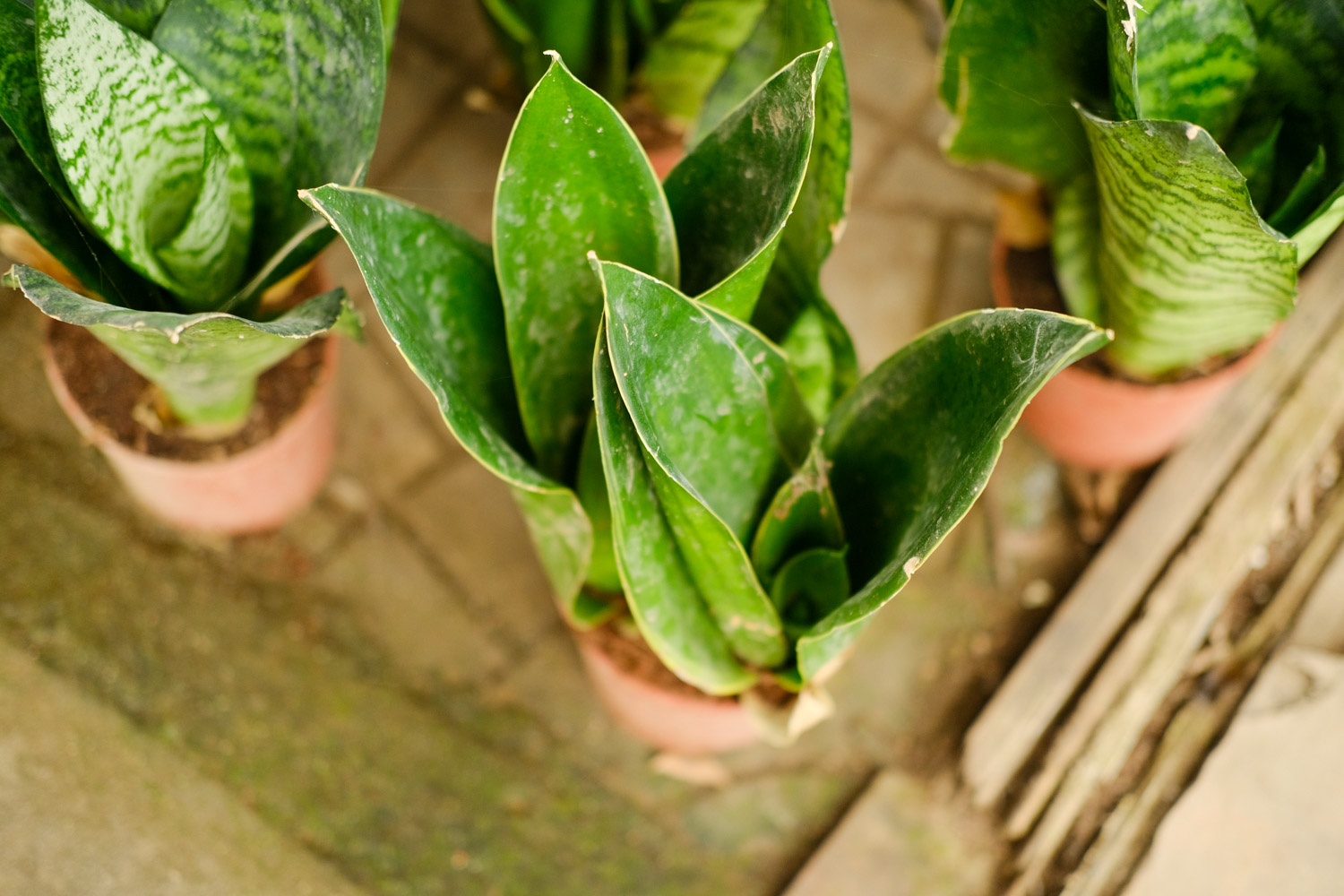
1 daily maintenance
1. In light, Chlorophytum is more suitable for places with bright indoor light, such as living room, balcony across glass, windowsill and so on
2. Watering, Chlorophytum is a fleshy root, which can store a certain amount of water itself. Therefore, it is very afraid of ponding, so watering must be dry and wet, and watering can be done once in about 3 ~ 5 days

3. Humidity: if the air humidity is too low, it is easy to cause the dry tip of Chlorophytum. Therefore, if the home is too dry, it is necessary to spray water on the leaves of Chlorophytum and the surrounding ground every day to increase the air humidity
4. Fertilization: Chlorophytum doesn't have very high requirements for fertilizer. Basically, it's OK to wash rice water once a week. It's best to wash rice water after ripening. It doesn't matter to pour it directly, as long as you don't dislike insects
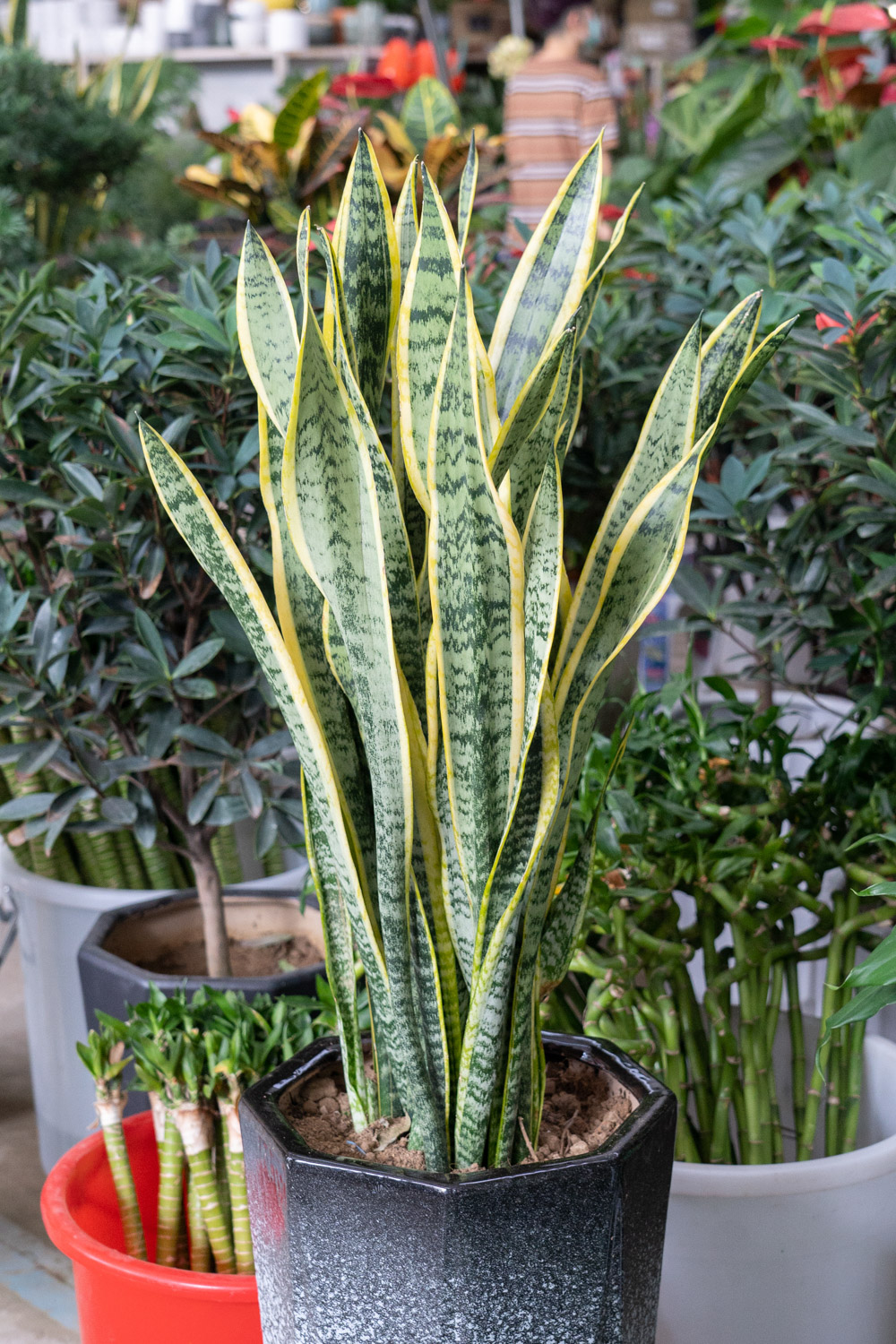
5. When changing pots, the root system of Chlorophytum grows rapidly. Basically, the pots have to be changed once every 1 ~ 2 years. The time for changing pots is spring and autumn. At the same time, part of the long root system is trimmed off when changing pots. Otherwise, it will affect the growth of Chlorophytum
2 breeding methods
method 1:
1. Select the Chlorophytum that has grown a small plant and cut it off
2. Prepare clean nutrient soil and wet it with water
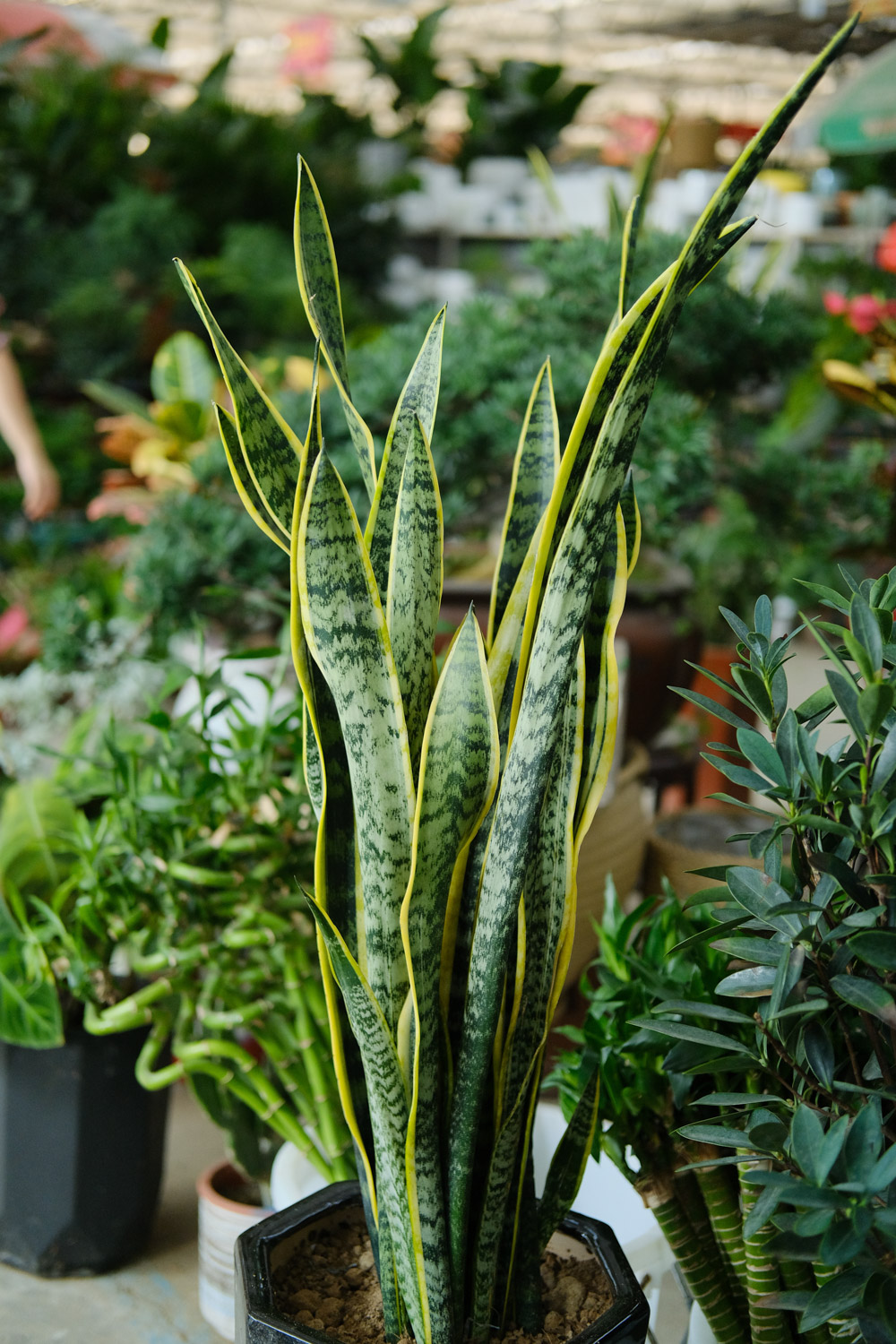
3. Disinfect the wound part of Chlorophytum in carbendazim solution, and then dry in the shade
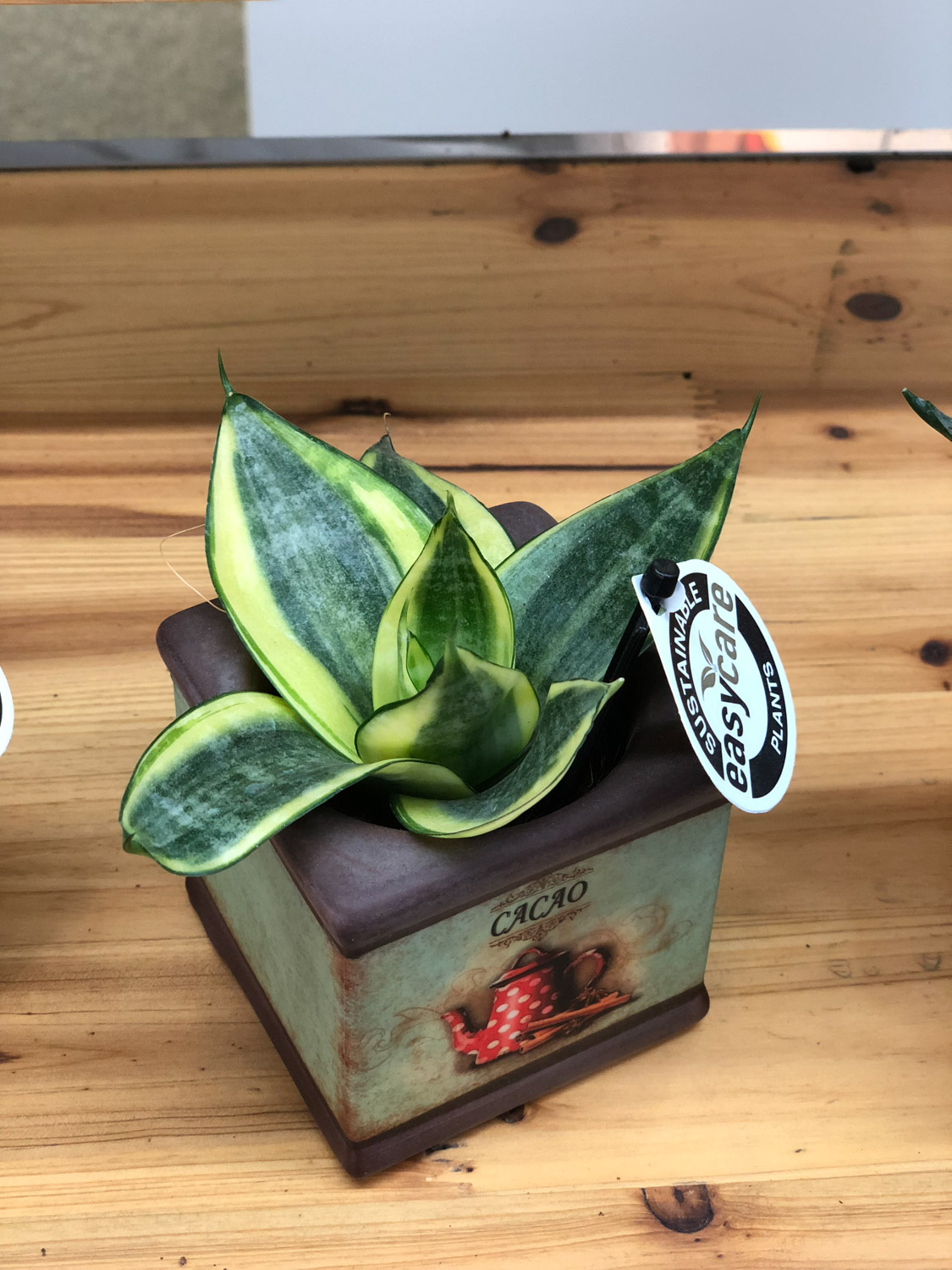
4. Cut the small Chlorophytum into the soil~

5. First put it in a cool and ventilated place for curing for a few days, wait about 1 week, and then turn to a place with bright light for curing~
method 2:
1. It is still necessary to choose the Chlorophytum that has grown seedlings, cut off the Chlorophytum, and then put it in a cool and ventilated place to dry the wound
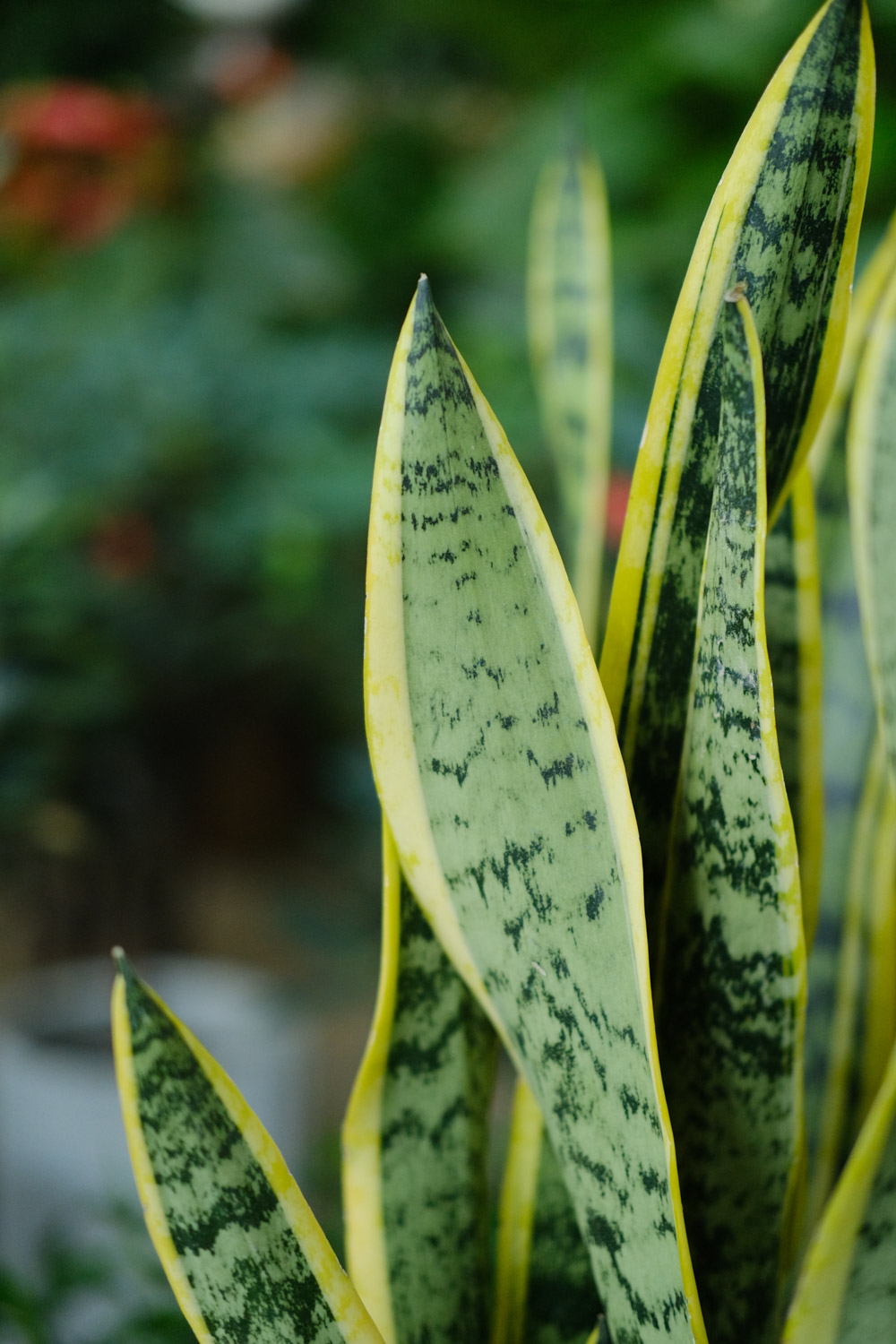
2. Prepare a plastic bottle and cut it in the middle
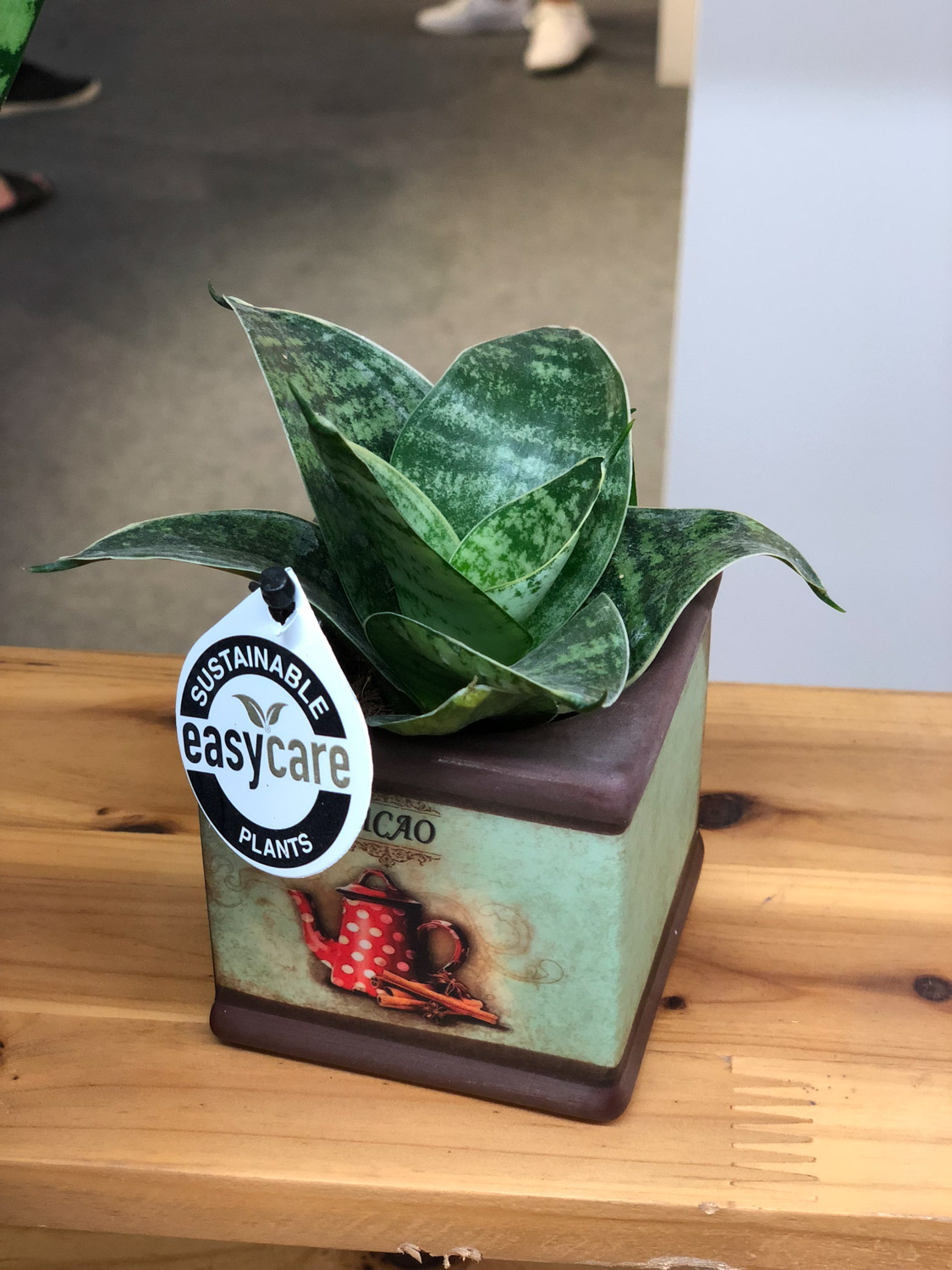
3. Put the small Chlorophytum into the water
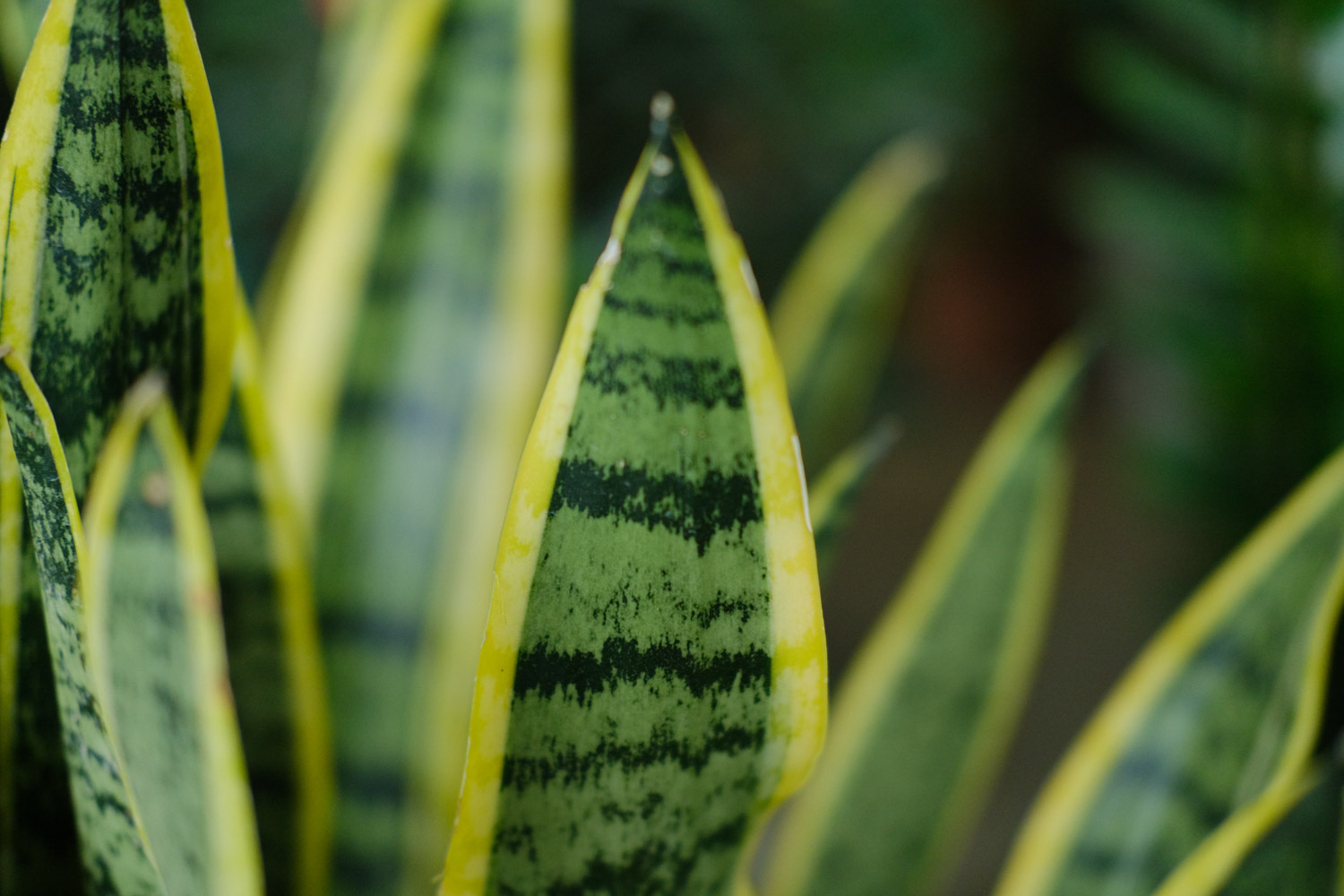
4. Wait for a period of time. After Chlorophytum takes root, you can transplant Chlorophytum. However, if you want to hydroponic culture, it is also OK, but change the water once a week~
3 frequently asked questions
1. Dry tip
The dry tip of Chlorophytum is mainly caused by the low air humidity. Therefore, after the dry tip appears, cut off the dried place, and then spray water on the leaves of Chlorophytum and the surrounding ground every day to increase the air humidity
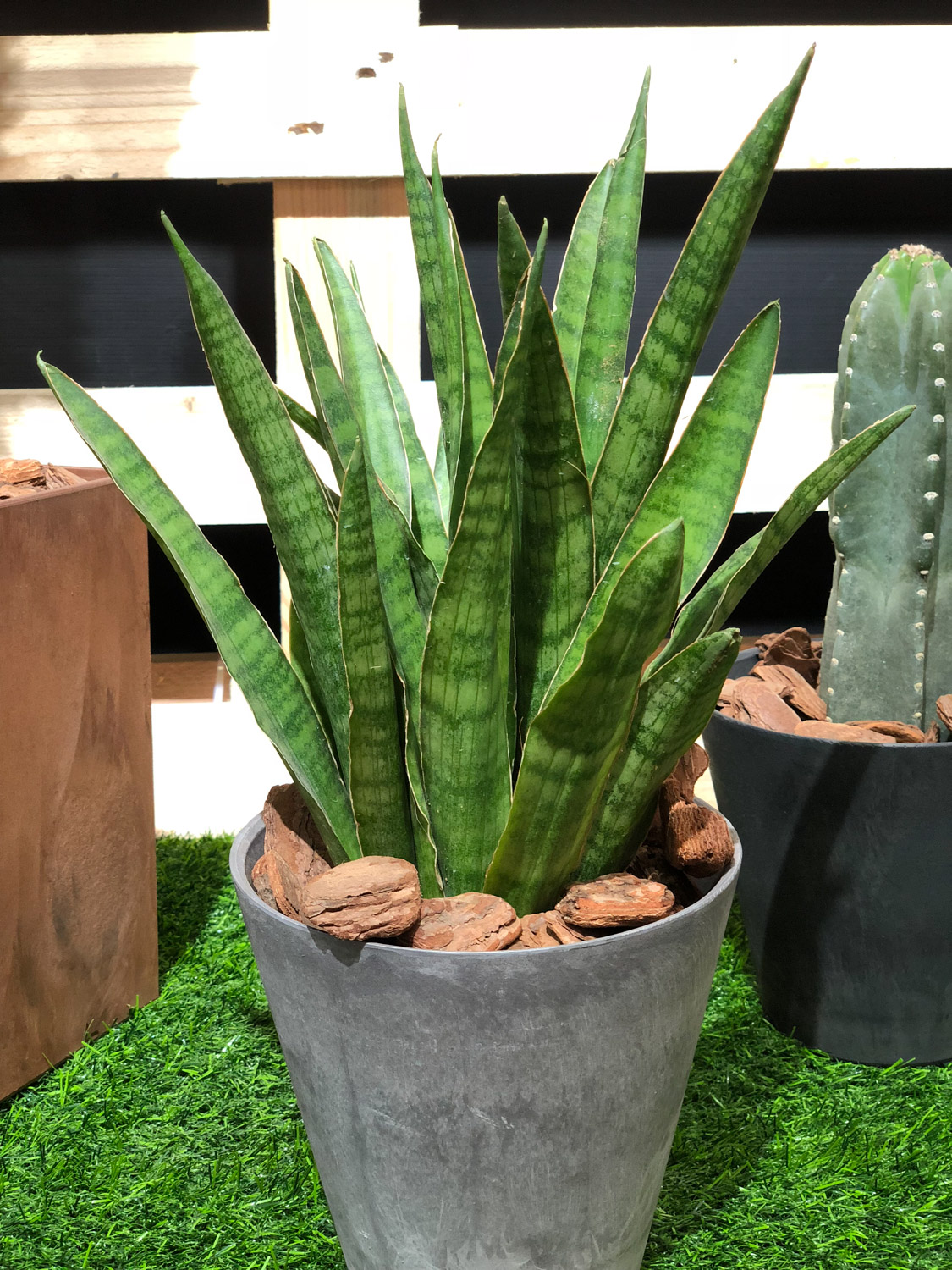
2. Yellow leaves
General conditions:
The main reason why Chlorophytum leaves turn yellow is watering. After the leaves turn yellow, first think about your recent watering frequency
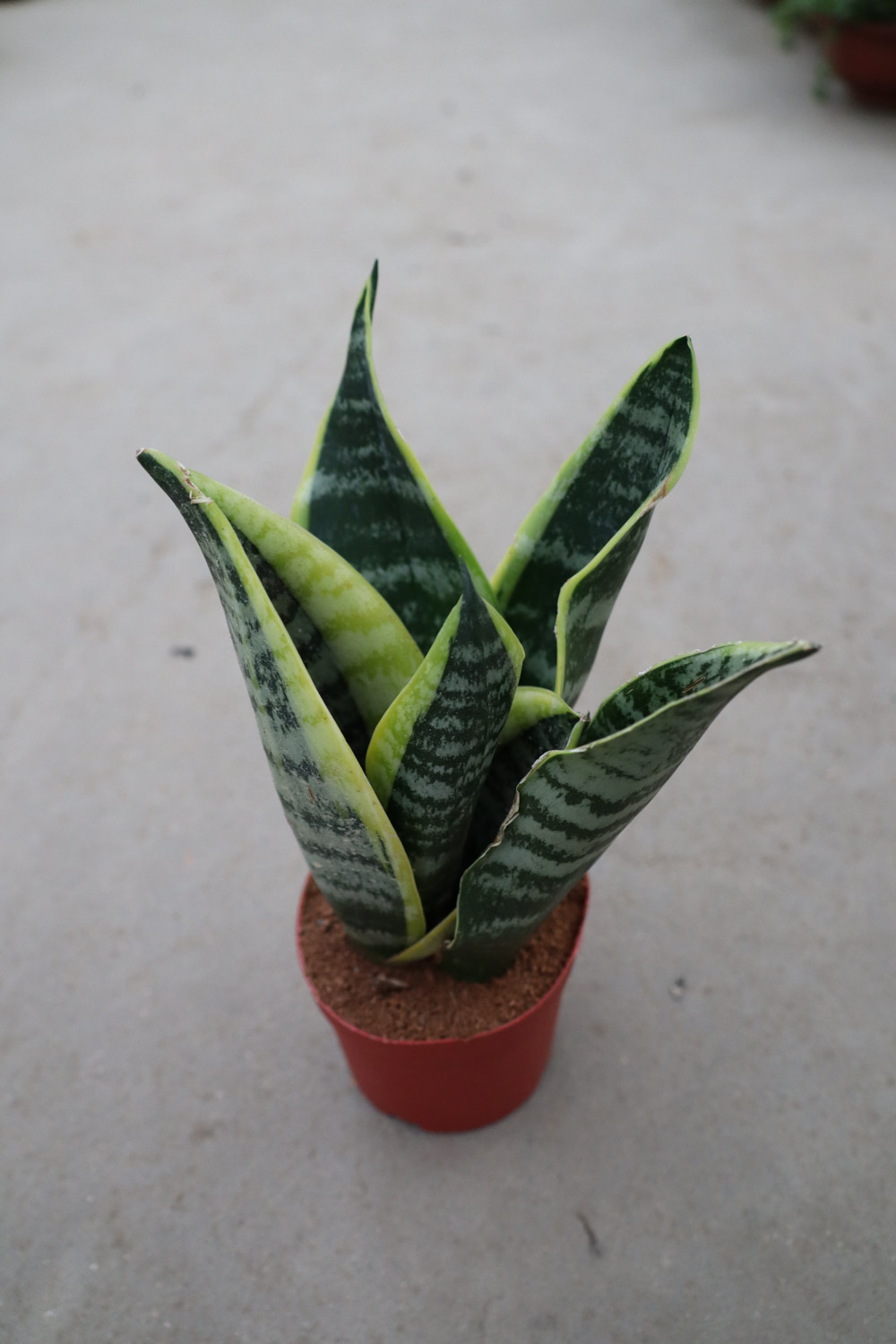
If you haven't watered for ten and a half days and months, the yellowing of Chlorophytum must be due to lack of water. Water it through. Remove the yellowing leaves, and then water it until it is dry and wet. When watering, touch the soil on the surface. If it is dry, water it
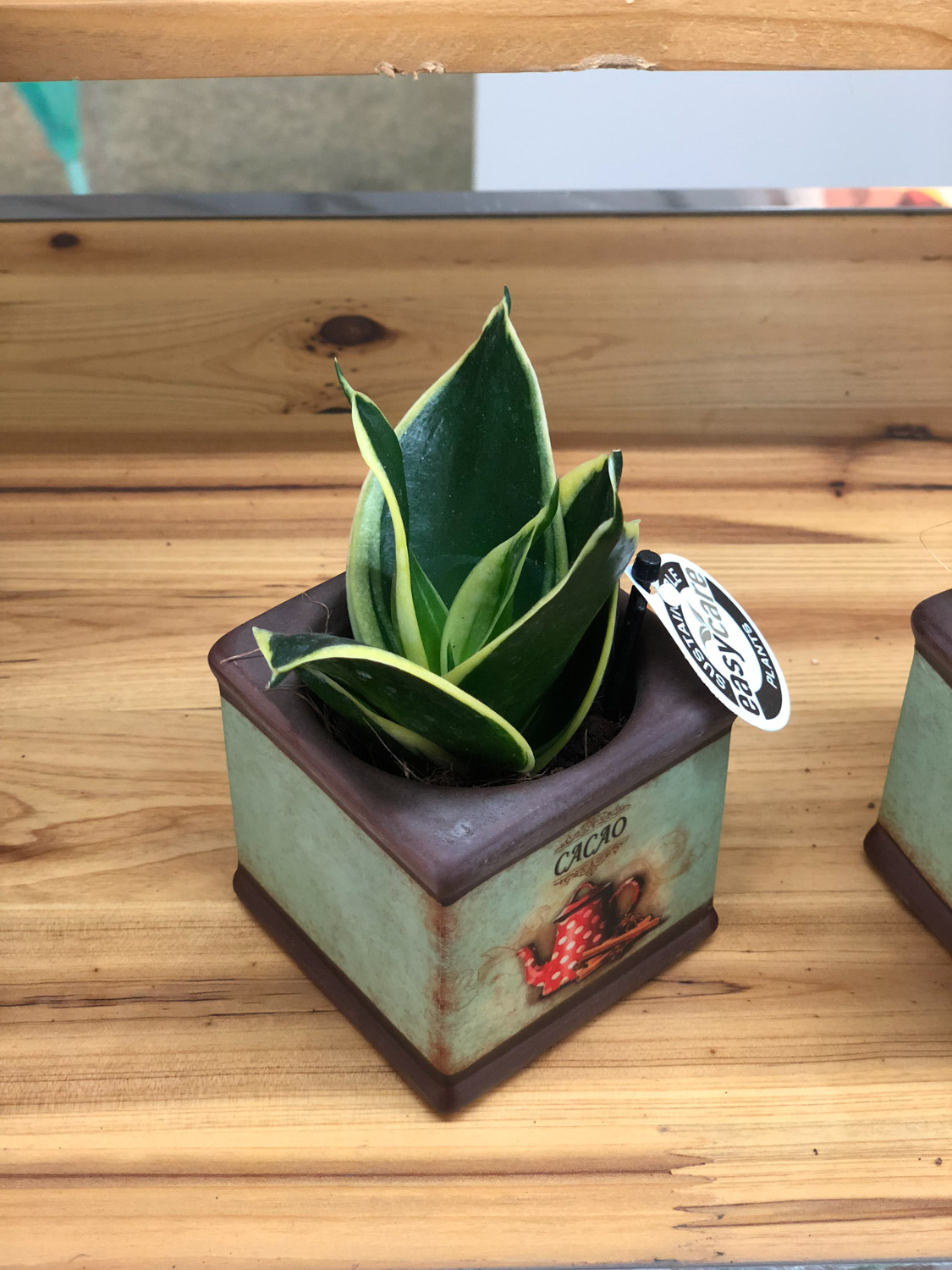
If you water once a day or two, it may be that you water too much. Cut off the yellow leaves of Chlorophytum, loosen the soil at the top of the flowerpot, and then put it in a well ventilated place to evaporate the water in the soil as soon as possible, and then maintain it normally~
Special circumstances:
If all the leaves of Chlorophytum in your house are yellow, shave and re hair it directly
① Cut off all the leaves on the Chlorophytum, leaving only 3 ~ 4cm close to the soil
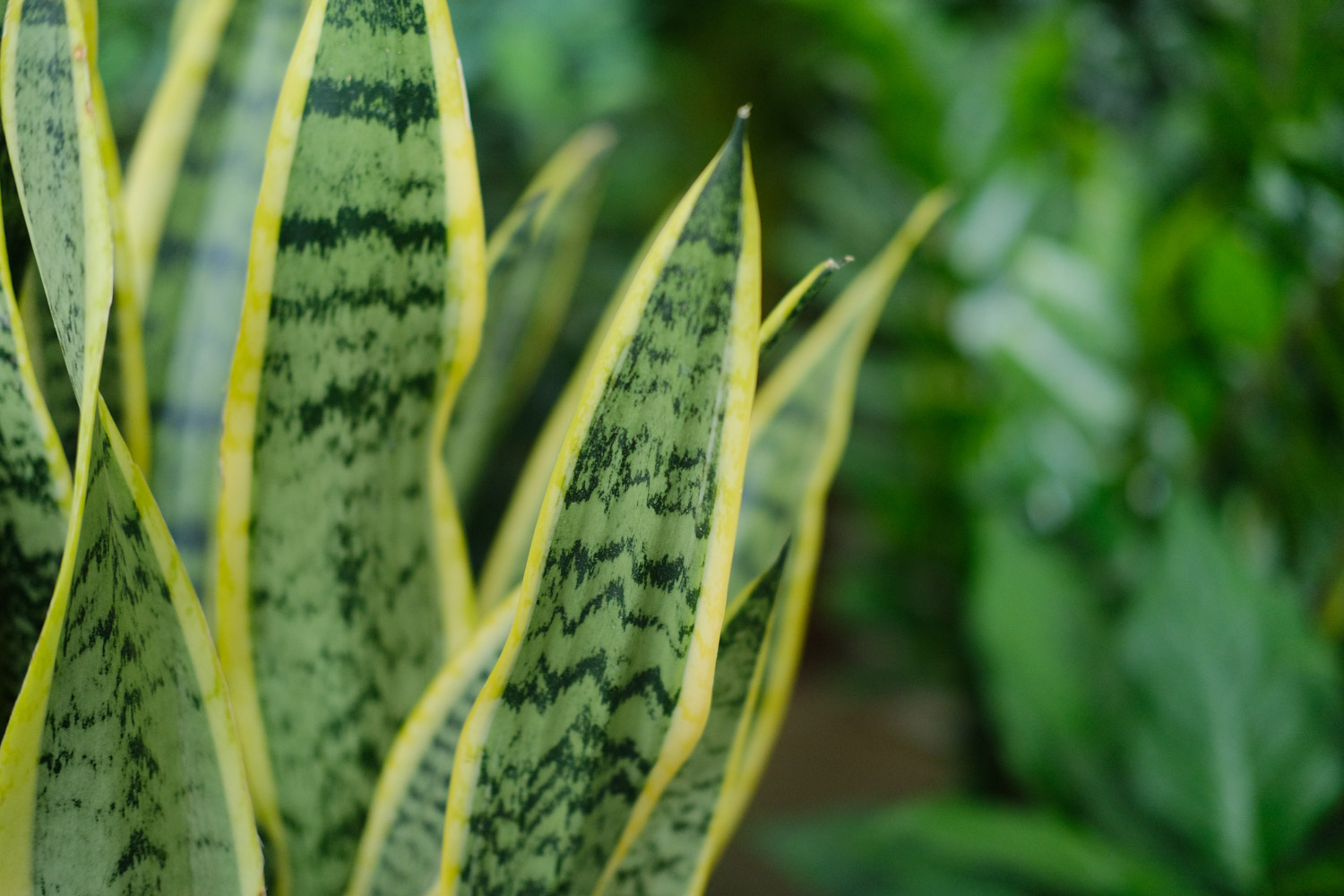
② Put it in a cool and ventilated place for maintenance, water it thoroughly, and then wait for new leaves

3. Rotten roots
① If the rotten root of Chlorophytum is not very serious, you can put it in a cool and ventilated place for maintenance, and you will soon get better. But if the rotten root is very serious, it will be "operated"
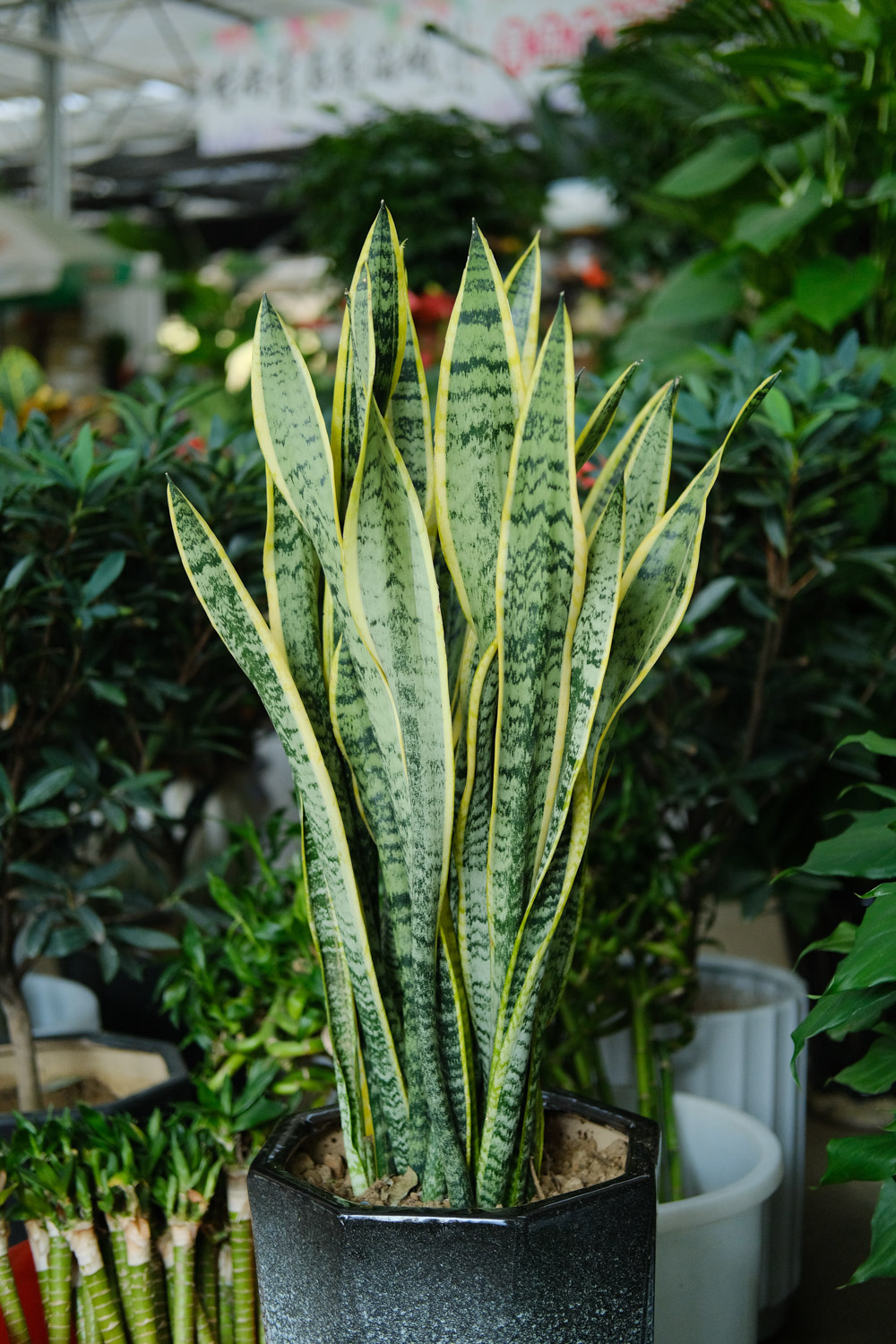
② Knock the Chlorophytum out of the pot, and then use water to remove the soil on the root system
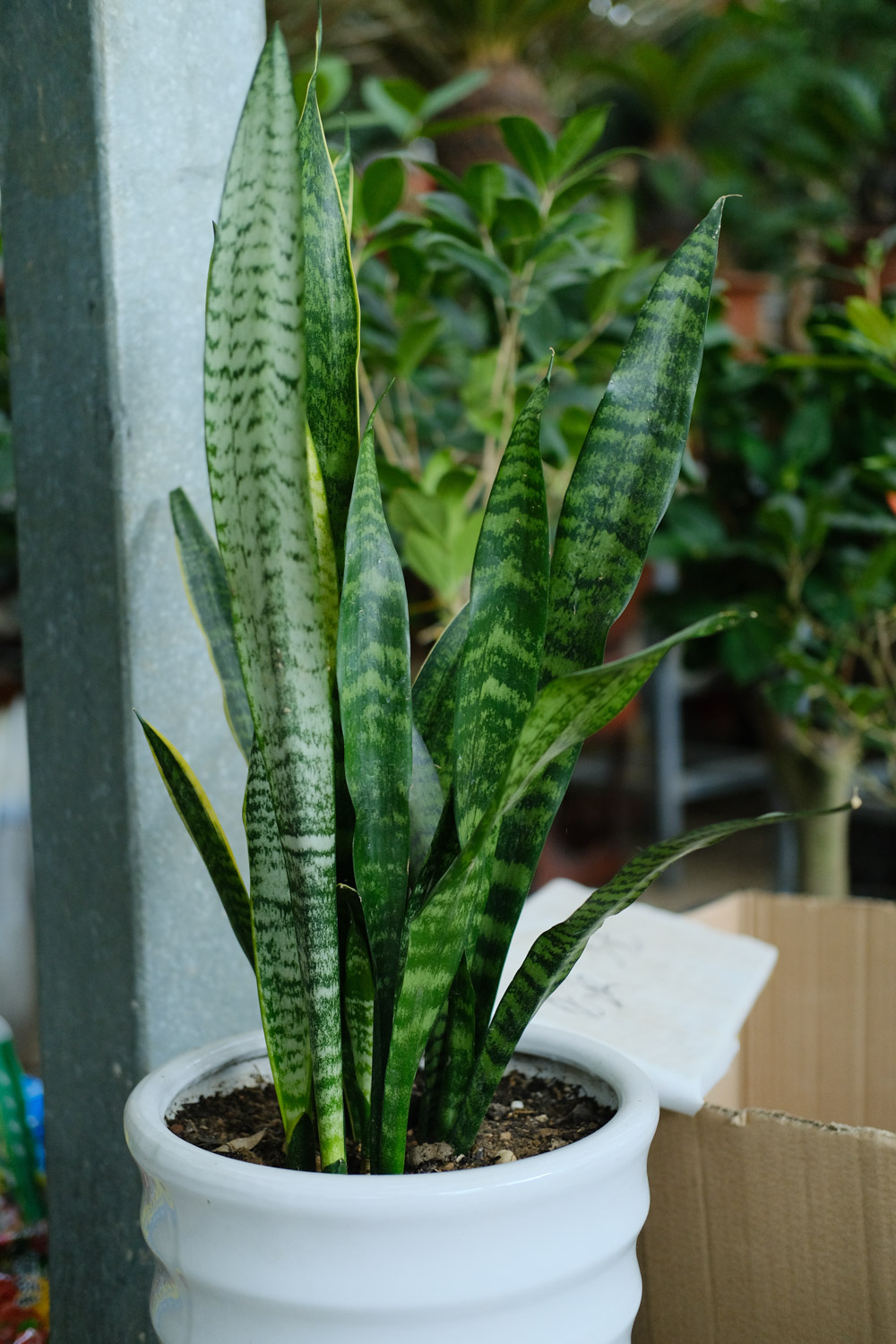
③ Check the root system of Chlorophytum. If there are black and rotten places, cut them off until you see the normal white root system. Note that the knife should be disinfected
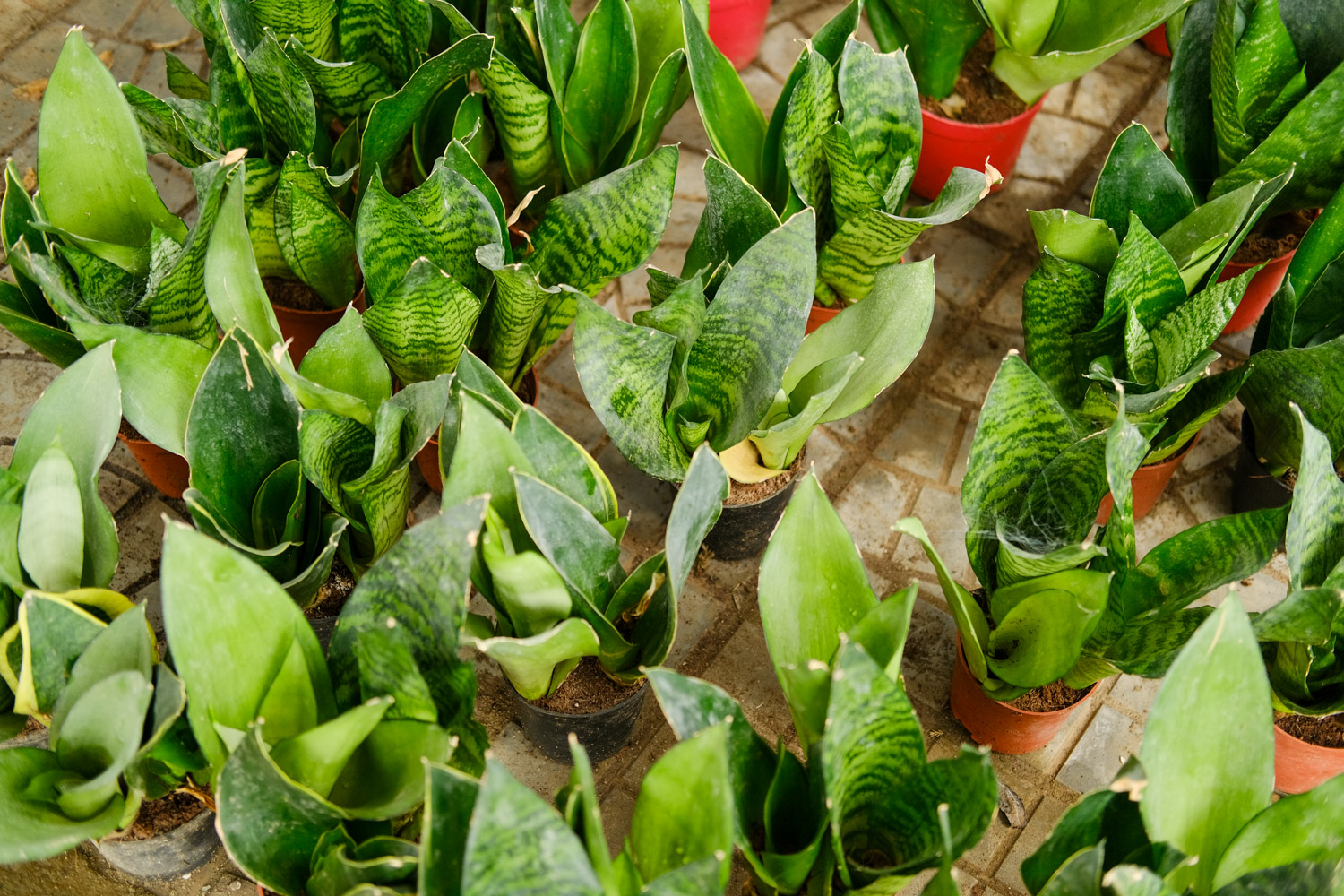
④ The wound of Chlorophytum was disinfected in potassium permanganate solution, and then dried in the shade

⑤ Put root powder on the wound of Chlorophytum, and then put it on the basin again
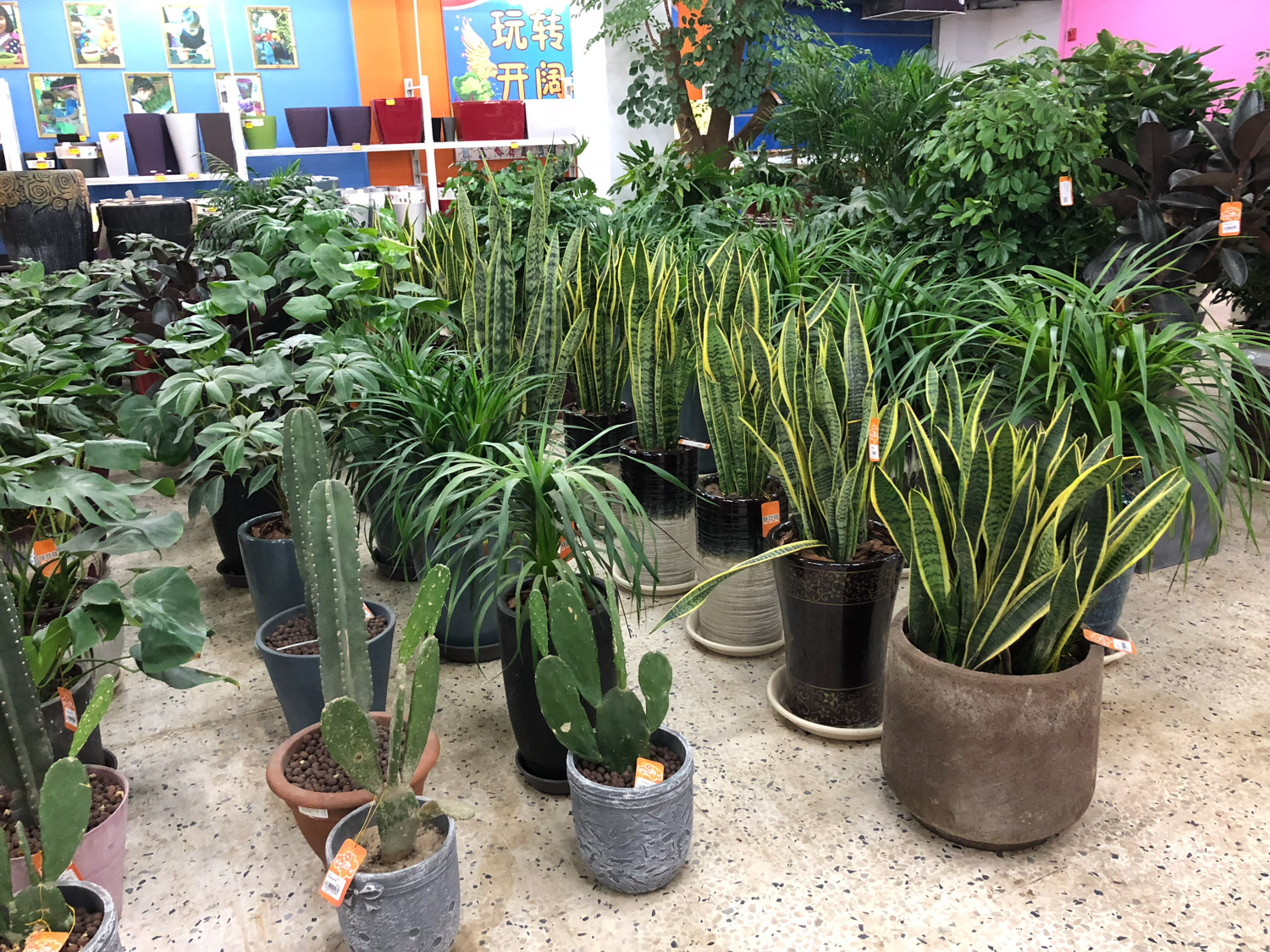
⑥ If your Chlorophytum is hydroponically cultured, the previous processing steps are the same
At the end of the pot, make sure that the hydroponic vessels have been thoroughly cleaned and disinfected with alcohol

In addition, after returning to the basin, change the water about once a week. At the same time, clean the mucus on the root system of Chlorophytum
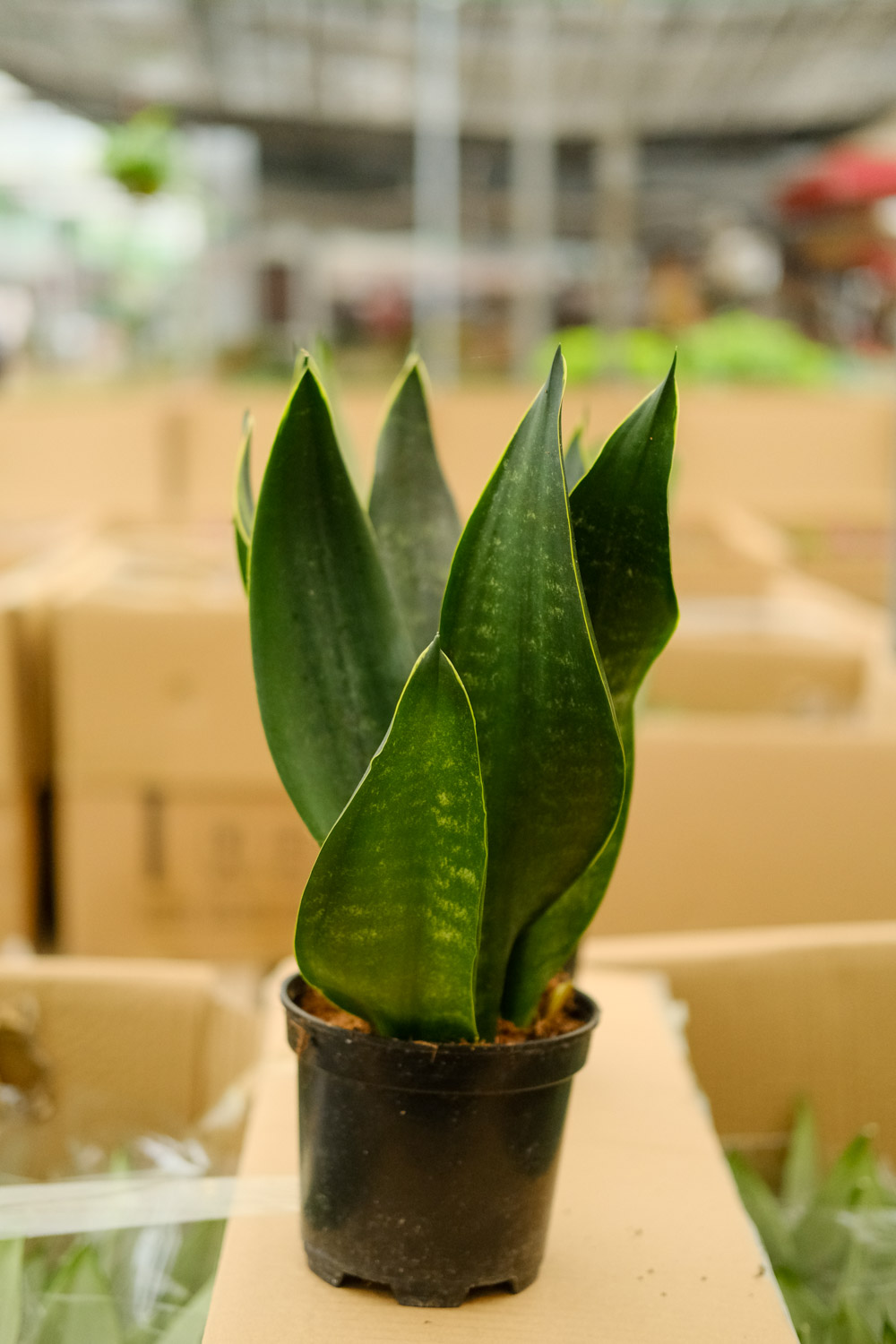
Hupilan
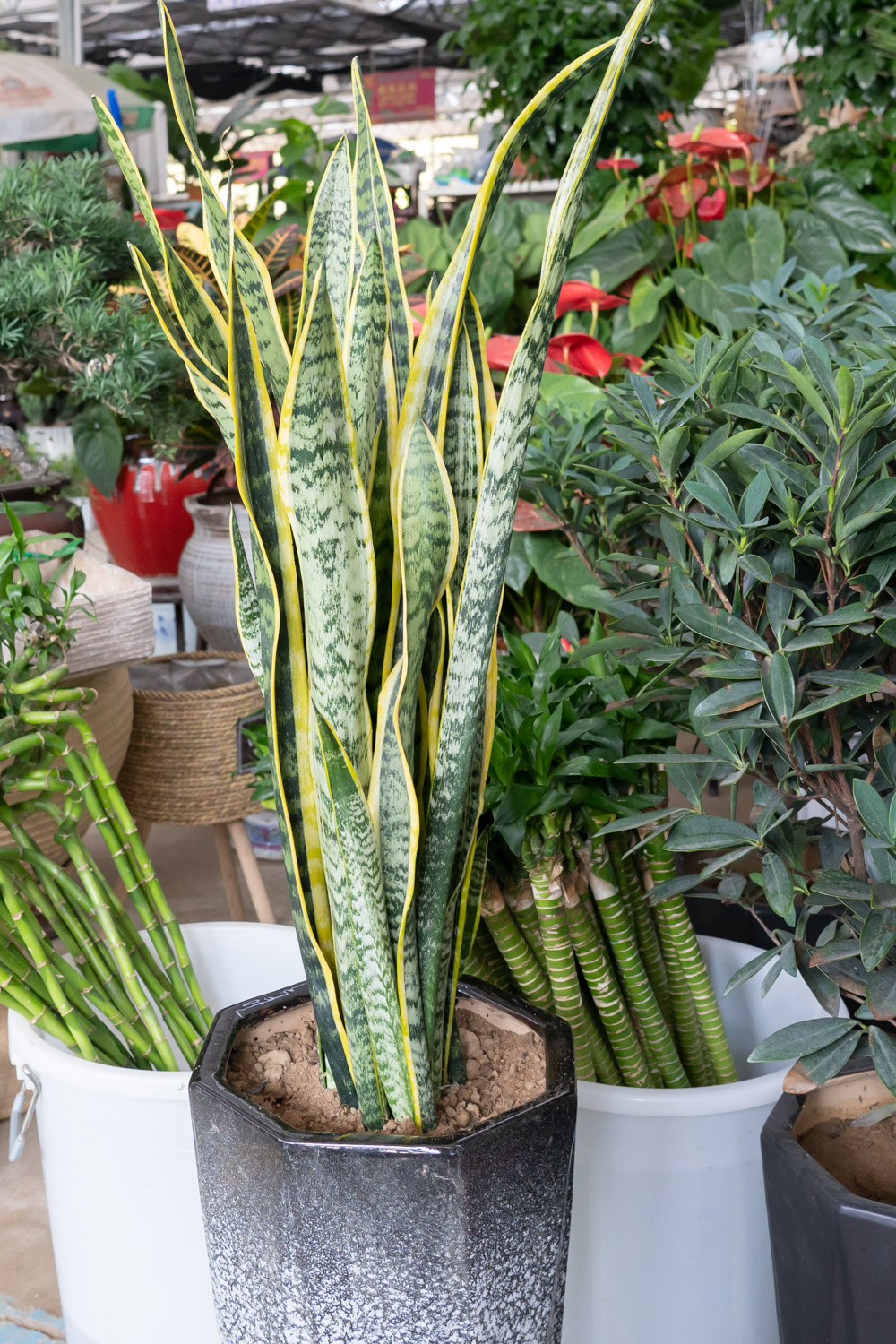
1 daily maintenance
1. Watering, hupilan doesn't need to water too much. Basically, once a half month is enough. In winter, it's basically once a month
2. Light, tiger skin orchid, happy light and shade resistance, so it's OK to put it there. The living room, balcony, windowsill and so on are OK

3. Fertilization: hupilan can live well without fertilization. Generally, when changing the pot, just bury a handful of slow-release fertilizer at the bottom of the pot, or rotten bean cake, chicken manure, etc
4. Flowerpot, because the root system of hupilan is relatively shallow and the branching ability is very strong, so the flowerpot should choose the one with shallow mouth but large diameter~
2 reproductive skills
1. Ramet
① Carefully check the root part of hupilan. If there are small buds, it means that hupilan can be divided. However, the small bud in the figure below is still relatively small. It will be OK for a long time~

② Remove the cymbidium from the basin, wash the soil on the root with clean water, and then carefully observe the root of Cymbidium

③ Find the node between the seedling and the adult plant, follow that node and gently break down the seedling

④ Just put the seedlings in the basin, then pour water, put them in a cool and ventilated place for about 1 week, wait for the roots to grow, and then maintain them normally~

2. Blade insert
① Select healthy leaves of Cymbidium and cut them into small segments of about 10 cm

② After the leaves are soaked in carbendazim for disinfection, apply some rooting powder on the wound

③ To prepare loose and breathable soil, you can choose to mix peat soil and vermiculite

④ Insert the blade into the soil, water it thoroughly, and put it in a cool and ventilated place for maintenance

⑤ In about 20 days, hupilan will grow roots

3 frequently asked questions
1. Rotten root
① Clean the root system with clean water and check the rotten part. If the root system should be rotten, please refer to the cutting part above. If there are not many rotten places, please continue to look down

② Use a knife that has been thoroughly disinfected to remove all the rotten parts. You can't leave any, otherwise it will cause infection again

③ Put the wound part of hupilan into chlorothalonil (Carbendazim and potassium permanganate) and soak it for about half an hour to thoroughly disinfect it to avoid bacterial infection

④ Take it out and dry it in a cool and ventilated place. You can lure roots in the water before putting it back into the basin. You can also avoid inducing roots, but the effect after inducing roots can be seen in the figure below~

⑤ Prepare new soil and flower pots and put them on again. The flower pots can be old, but remember to clean and disinfect them before use~
2. Rotten heart
The rotten heart of hupilan is mainly because it was watered into the heart of the leaf, but it was not killed in time, which eventually led to the decay of the heart of the leaf

In this case, there is no other way but to take healthy branches for cutting. For specific operation methods, please refer to the above breeding methods
3. Yellow leaves
① The light is too strong
In particular, some flower friends put hupilan directly outside in the sun. It's strange that the leaves of hupilan don't turn yellow and dry

In this case, put hupilan in a cool and ventilated place, and then cut off all the yellow leaves. After a period of time, you can produce new leaves by yourself~
② Too little watering
Although hupilan is drought resistant, if it is not watered for a long time, it will consume the water stored in its leaves. If it consumes more, the leaves will become soft and yellow
Think about it carefully. Does it have to be watered for months? So water it now~

③ Watering too much
If the leaves of Cymbidium are hard, but the edges are still yellow, it is too much watering. Loosen the soil quickly and put it in a well ventilated place to speed up the evaporation of water, otherwise there may be a risk of rotten roots~


 how many times do yo...
how many times do yo... how many planted tre...
how many planted tre... how many pine trees ...
how many pine trees ... how many pecan trees...
how many pecan trees... how many plants comp...
how many plants comp... how many plants can ...
how many plants can ... how many plants and ...
how many plants and ... how many pepper plan...
how many pepper plan...



























